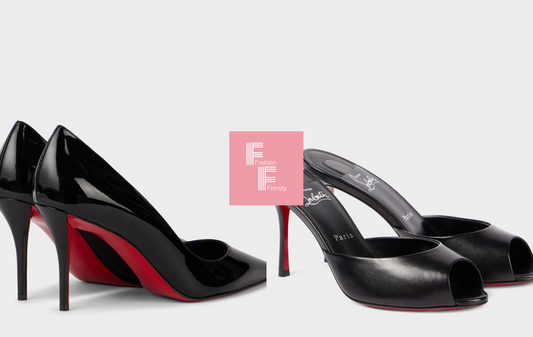Using hair masks is one of the most effective ways to rejuvenate and nourish your hair, transforming it from dry and dull to vibrant and healthy. They can address a plethora of hair woes such as dryness, damage, and lack of shine. Learning how to effectively use hair masks can elevate your hair care routine. Whether you make your masks at home or purchase them, the key to results lies in the application. Let's explore how to incorporate hair masks into your hair care routine for optimal hair health.
What Are Hair Masks?

Hair masks are intensive treatment products formulated with a rich blend of nourishing ingredients. Unlike regular conditioners, which provide surface-level hydration, hair masks penetrate deeper into the hair shaft to deliver essential nutrients. They might contain ingredients like natural oils, proteins, vitamins, and antioxidants to restore moisture and protect hair.
Benefits of Using Hair Masks

Incorporating hair masks into your routine brings a treasure trove of benefits:
- Deep Conditioning: Hair masks provide a deeper level of hydration than standard conditioners, locking moisture into your hair.
- Frizz Control: They help to tame frizz, making hair more manageable.
- Repair Damage: Masks can strengthen hair and repair the damage caused by heat styling, environmental pollution, and chemical treatments.
- Enhances Shine: Regular use of hair masks contributes to shinier and more vibrant hair.
- Promotes Growth: Some ingredients can stimulate blood circulation in the scalp, promoting healthy hair growth.
How to Choose the Right Hair Mask
When selecting a hair mask, consider your hair type and specific needs. Here’s a quick guide:
- Dry or Damaged Hair: Look for masks rich in oils (like argan or coconut) and proteins to nourish and rebuild.
- Oily Hair: Choose lighter masks that balance oil and won’t weigh hair down, such as those with clay or aloe vera.
- Color-Treated Hair: Opt for color-safe masks with UV protection and moisturizing agents to prevent fading.
- Curly Hair: Products with lots of moisture and curl-defining ingredients like shea butter can provide definition and prevent dryness.
How to Apply Hair Masks

Here’s a step-by-step guide to ensure you harness the full benefits of hair masks:
- Start with Clean Hair: For optimal absorption, wash your hair with a clarifying shampoo to remove any residues.
- Towel-Dry Your Hair: Pat your hair with a towel to remove excess water. Your hair should be damp but not dripping wet.
- Section Your Hair: Divide your hair into manageable sections; this allows for even distribution of the mask.
- Apply Generously: Use your fingers or a brush to apply the mask generously, focusing on the ends where hair tends to be the driest.
- Massage Into Scalp: If desired, massage the mask into your scalp to promote circulation and benefits to your roots.
- Let It Sit: Follow the instructions on the package. Generally, a hair mask should sit for at least 15 to 30 minutes. For intense treatments, you can leave it on longer or wrap your hair to trap heat.
- Rinse Thoroughly: Use lukewarm water to rinse out the mask; hot water can strip moisture.
- Follow with Conditioner: Finish with a conditioner to seal in the treatment.
How Often Should You Use Hair Masks?

The frequency of mask applications can vary based on your hair type:
- Fine or Oily Hair: 1-2 times a month.
- Normal Hair: Every 1-2 weeks.
- Dry or Damaged Hair: Once a week or even more, depending on the condition of your locks.
Be aware that overusing masks - especially those rich in oils - can sometimes weigh hair down or cause it to look greasy, so it's essential to find a balance that works for you.
Tips for Maximizing Results
- Heat It Up: Applying heat can increase penetration. Consider using a warm towel or a heated cap after applying the mask.
- Consistency is Key: Make hair masks a regular part of your hair care regimen for ongoing benefits.
- DIY Recipes: Experiment with homemade masks such as bananas and honey for hydration or avocado and olive oil for nourishment.
- Stay Hydrated: Internal hydration is just as important. Drink plenty of water and maintain a balanced diet to support hair health from within.
- Avoid Sulfates: When choosing products after using masks, opt for sulfate-free shampoos to ensure your hair retains moisture.
Conclusion
Using hair masks can be a transformative element in your hair care routine, promoting healthier, shinier, and more manageable hair. By understanding the benefits, the right products, and the proper application techniques, you can unlock the full potential of your hair. Remember, healthy hair is not just about the external products you use but also how well you take care of your locks through dedication and love. Happy masking!











